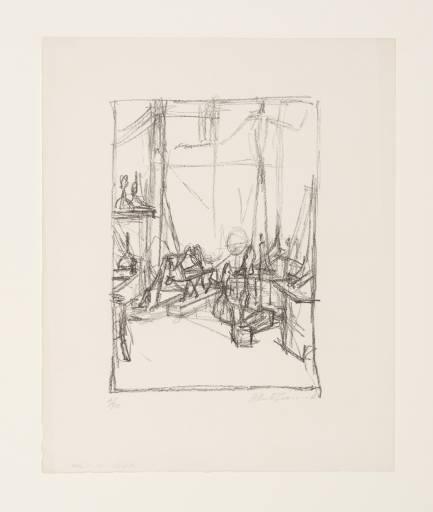Just draw! Part 1: Getting back into drawing.
February 11, 2015
 Above: Bob Dylan, “Still life with peaches”, mixed media on paper, 2007
Above: Bob Dylan, “Still life with peaches”, mixed media on paper, 2007
Getting back into drawing
At the best of times, drawing and creativity can seem wonderfully addictive. But there are inevitable periods in every artist’s life when the artwork just seems to stop happening for a while. Perhaps other aspects of life have become more demanding or compelling. This needn’t be a problem unless:
1) Having broken the “habit” of drawing, you start to lose confidence in your ability or in your materials.
or
2) You not only stop drawing, but you stop “looking”, i.e. observing and thinking.
In such cases, the thought of starting to draw again may seem pointless or perhaps even fill the artist with dread. As the ability to create art is tightly-bound to an artist’s sense of self, there tends to be a basic emotional need to continue. Worries about getting back into drawing (or other art-making) typically leave the artist feeling conflicted.
So…how can one best “get back into drawing”?
In this and the next few articles, I’ll offer some practical suggestions for returning to art-making and some relevant drawing exercises. This is a universal issue for artists, so do feel welcome to post comments at the end of the article if you have further suggestions to offer.
A few practical tips on rekindling your old art addiction
If you’ve got “out of the habit” of making art, then just getting down to it again can seem daunting. It is worth pushing yourself through this stage:
- Set aside a regular short time in which you’ll get on with drawing (or using any other chosen medium) in a business-like way. A session as short as 15 minutes per day will suffice if you are busy. A regular half-hour slot may feel more satisfying. Feel free to set a timer to separate your “drawing time” from the rest of the day.
- During your chosen “drawing time”, be very clear with yourself about avoiding distractions such as internet, mindless housework, phone, etc.
- Keep your chosen art materials ready for the next use. Pencil(s) should be left sharp, paper ready-clipped to a board or in a sketchbook. If using paints then aim to leave all equipment clean and ready for the next session. If you have space then do not replace paints and brushes in a drawer, but leave them ready to pick up and use again. If using an easel then leave it set up and ready to go.
Regain the knack of really “looking” at the world:
- It doesn’t matter how boring your surroundings initially appear to be. Click here for an article on looking and seeing. Play around with observing your surroundings in an abstract way, and combine this with taking a few photos if you wish.
- In the words of Bayles & Orland in their highly recommended book, “Art and Fear”, start to “notice the things you notice”. Pay attention to your personal reactions (both to objects and ideas) as these are key to the art that you will go on and make.
Above: Starting to look at the world in an abstract way.
Using drawing both to build confidence and to spark ideas:
Drawing on paper (as opposed to painting, printing, sculpture, etc.) is well-suited to the returning artist who requires a versatile, experimental approach. Pen, pencil or crayons are useful allies: portable, non-messy and adaptable, they are always ready to be picked up and used.
As ever, it is useful to turn to the great artists for inspiration. However, I never aim for a “perfect piece of work” comparable with a known masterpiece. Not only would such an approach inevitably lead to frustration but, in my opinion, a goal of complete perfection has little to do with the artistic thought process. On the other hand, borrowing certain ideas, practical methods and “ways of seeing” from other artists can be extremely useful in getting us back on track.
Above: A studio drawing by Alberto Giacometti. Without being in any way overwhelmed by Giacometti’s achievement, we can use this drawing to get us looking at scale, at spatial relationships between objects, and busy versus quiet areas within a composition.
During the past few years, I’ve written down outlines for numerous drawing suggestions for my own use, each inspired by a famous artist’s sketch or drawing. Each drawing idea includes a suggestion for subject, medium and approach. Over and again, these lists of ideas have proved invaluable in getting me drawing again when I feel “stuck”, and are always a good starting-point for completely new artistic approaches.
Poor weather or a lack of inspiring subject need not stop us from drawing. In my next article, I shall share a range of drawing suggestions that can be started and completed indoors, within any home or studio.

